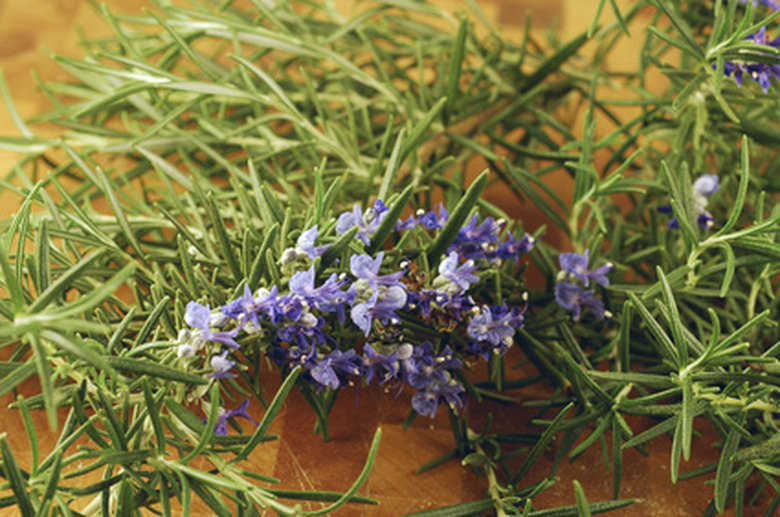How To Grow Fresh Herbs In Zone 9
Things Needed
- Garden fork
- Shovel
- Compost
- Clay pot (optional)
The U.S. Department of Agriculture hardiness zones are determined by the minimum temperature that that climate experiences. Zone 9 has a low temperature that ranges between 20 and 30 degrees F. Areas in zone 9 have a desert climate in which days may be very hot but nighttime temperatures tend to drop. Phoenix and Las Vegas are among the cities in zone 9. The hot dry days and cool nights provide the perfect climate for heat loving herbs such as rosemary, thyme, oregano, parsley, cilantro and sage.
Step 1
Turn over the soil in your garden plot to prepare the area before planting. Chose an area that gets full sun–at least six hours–every day.
Step 2
Mix in rich, well-rotted compost to improve the nutrient levels in the soil.
- The U.S. Department of Agriculture hardiness zones are determined by the minimum temperature that that climate experiences.
- Zone 9 has a low temperature that ranges between 20 and 30 degrees F. Areas in zone 9 have a desert climate in which days may be very hot but nighttime temperatures tend to drop.
Step 3
Dig holes that are large enough to accommodate the root ball of your herb plants. Give each plant a 2- to 3-foot area in which to develop.
Step 4
Turn each plant on its side. Gently wiggle it free from its container and place it in the prepared holes.
Step 5
Fill in the soil around it and water the area so that the soil is damp to a depth of at least 2 inches.
Step 6
Harvest the plants as you need them. Take a little from each to encourage new growth.
- Dig holes that are large enough to accommodate the root ball of your herb plants.
Step 7
Water parsley and cilantro every other day in hot weather to keep the soil around the base of the plants consistently damp. Allow the dryer herbs such as rosemary, thyme and sage to dry out between watering. Feel the soil; when it begins to feel dry and crumbly to the touch, water again.
Tip
Alternately, herbs grow well in containers. The relatively compact nature of rosemary, thyme, sage and oregano make them good pot mates. Fill a 12- to 15-inch clay pot with potting soil and compost and plant your herbs together leaving a little space for each to develop. Cilantro and parsley do better on their own because they take up more space. Consider planting parsley and cilantro in one large pot and your other herbs together in a separate pot.
